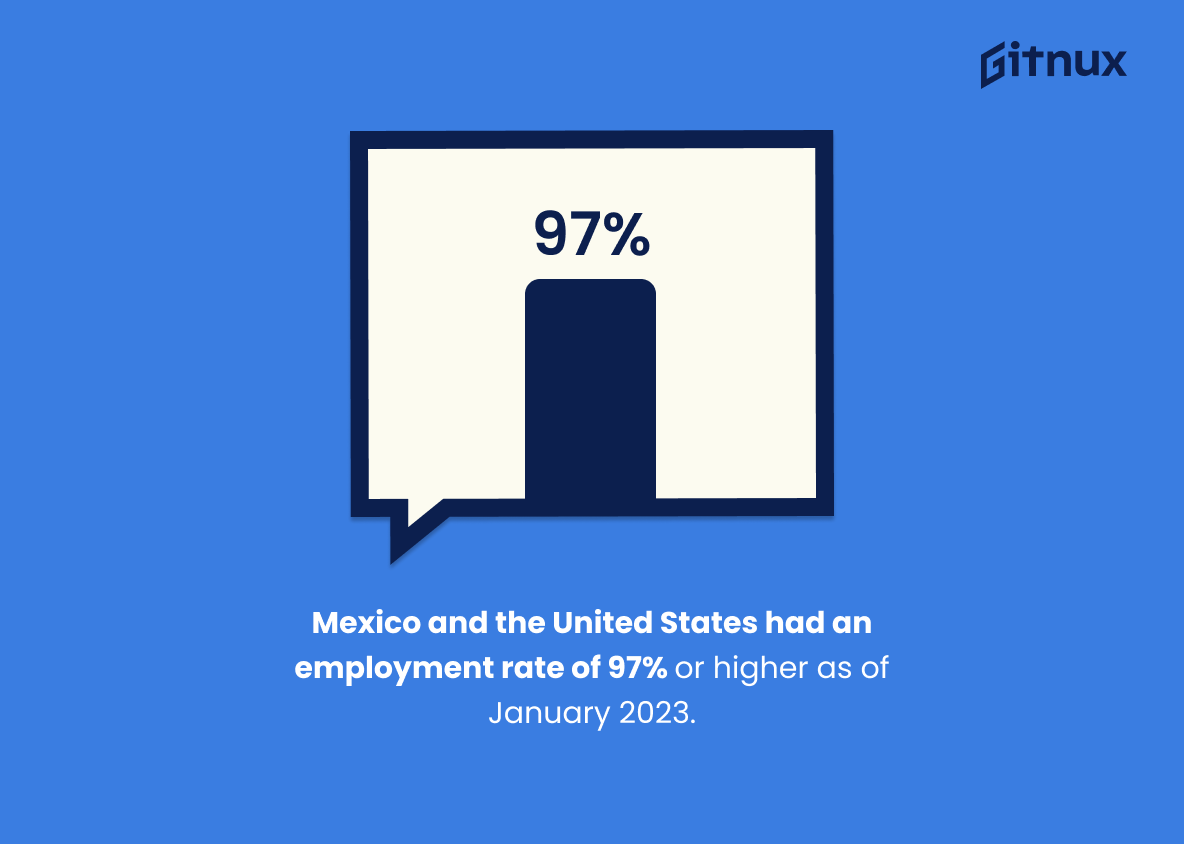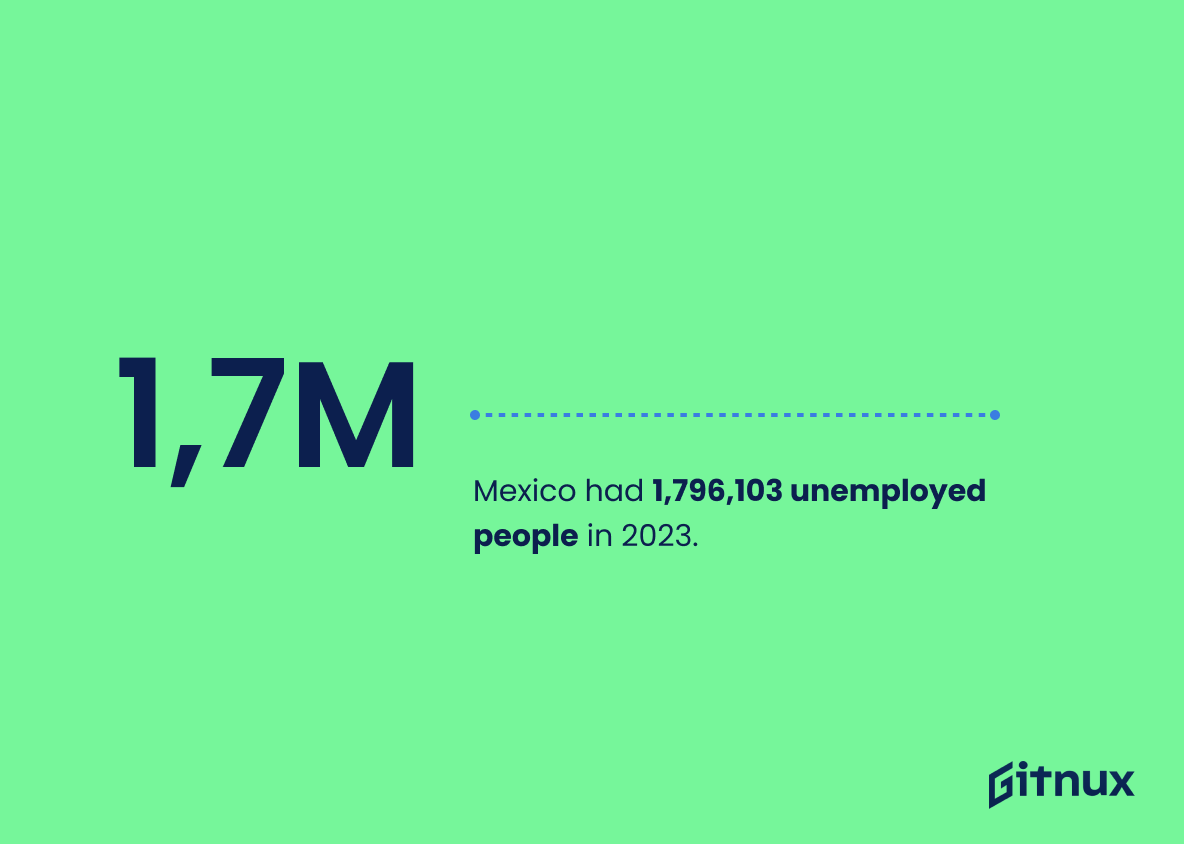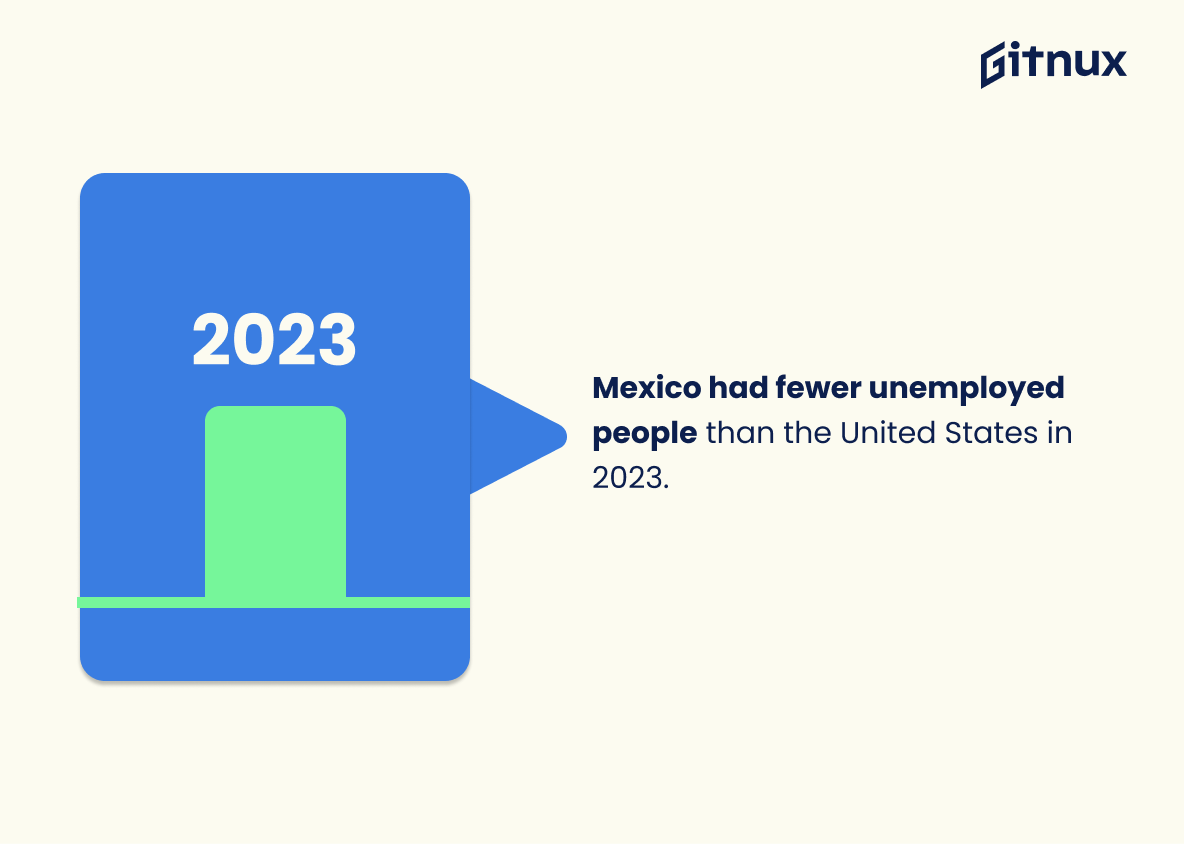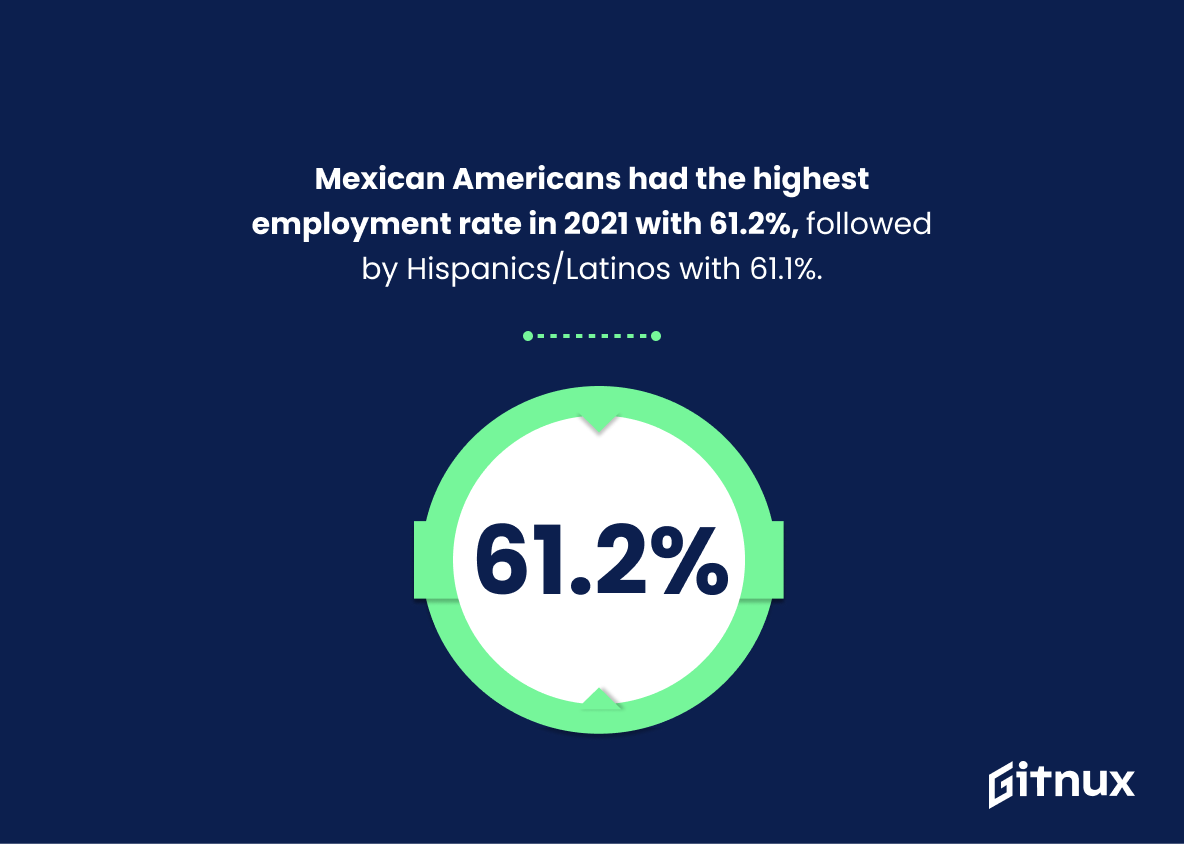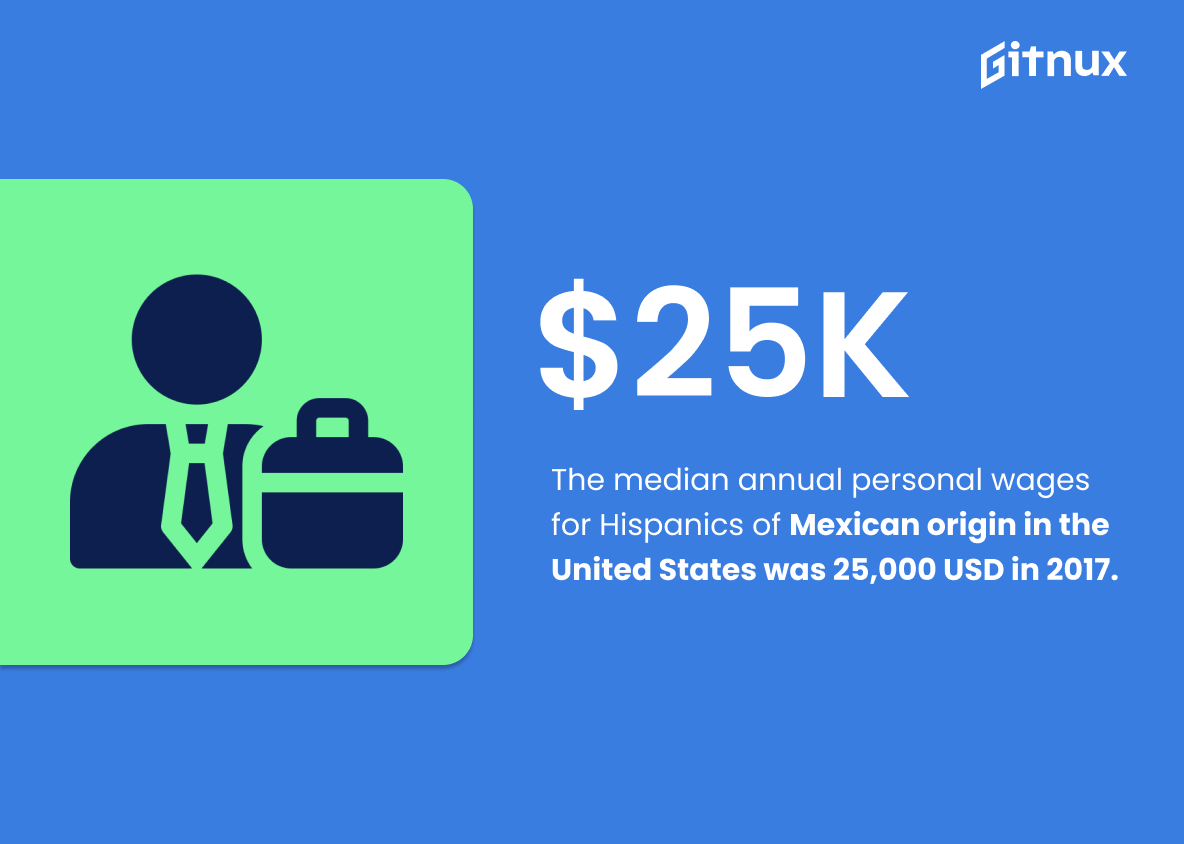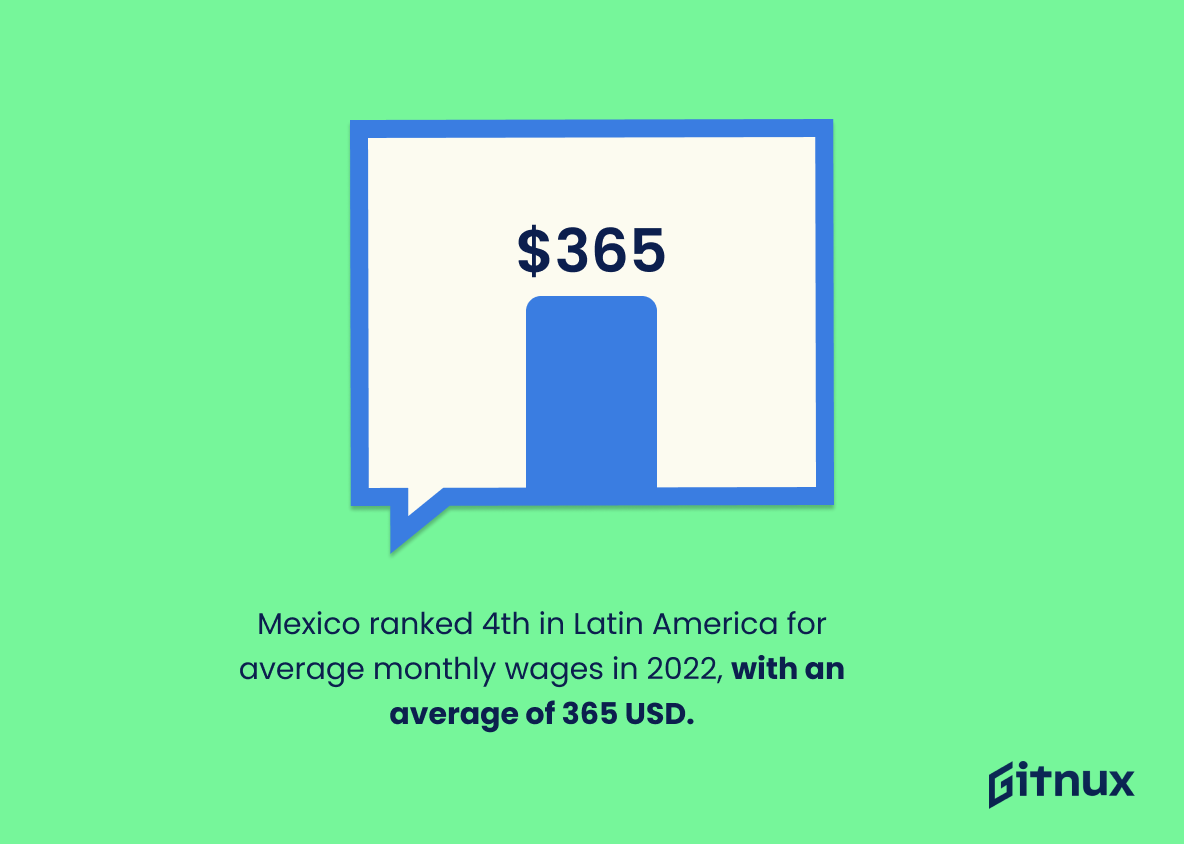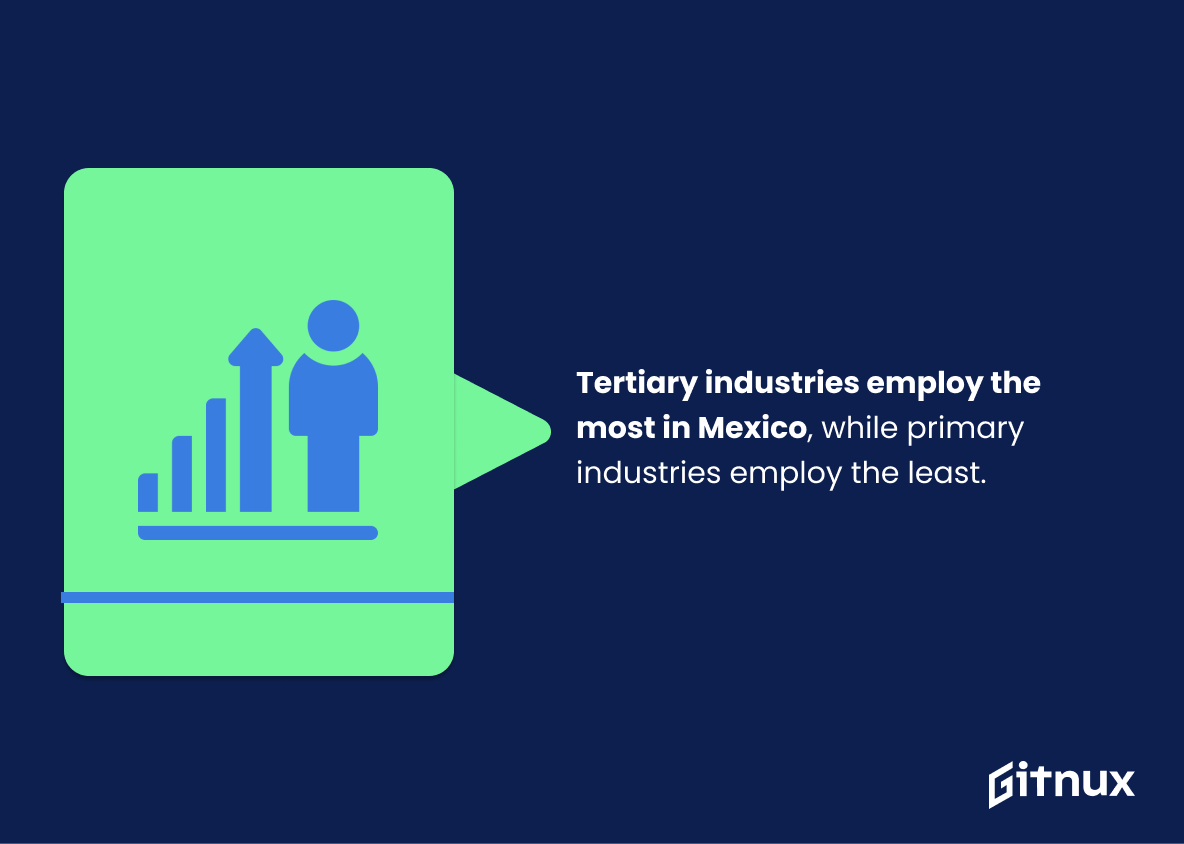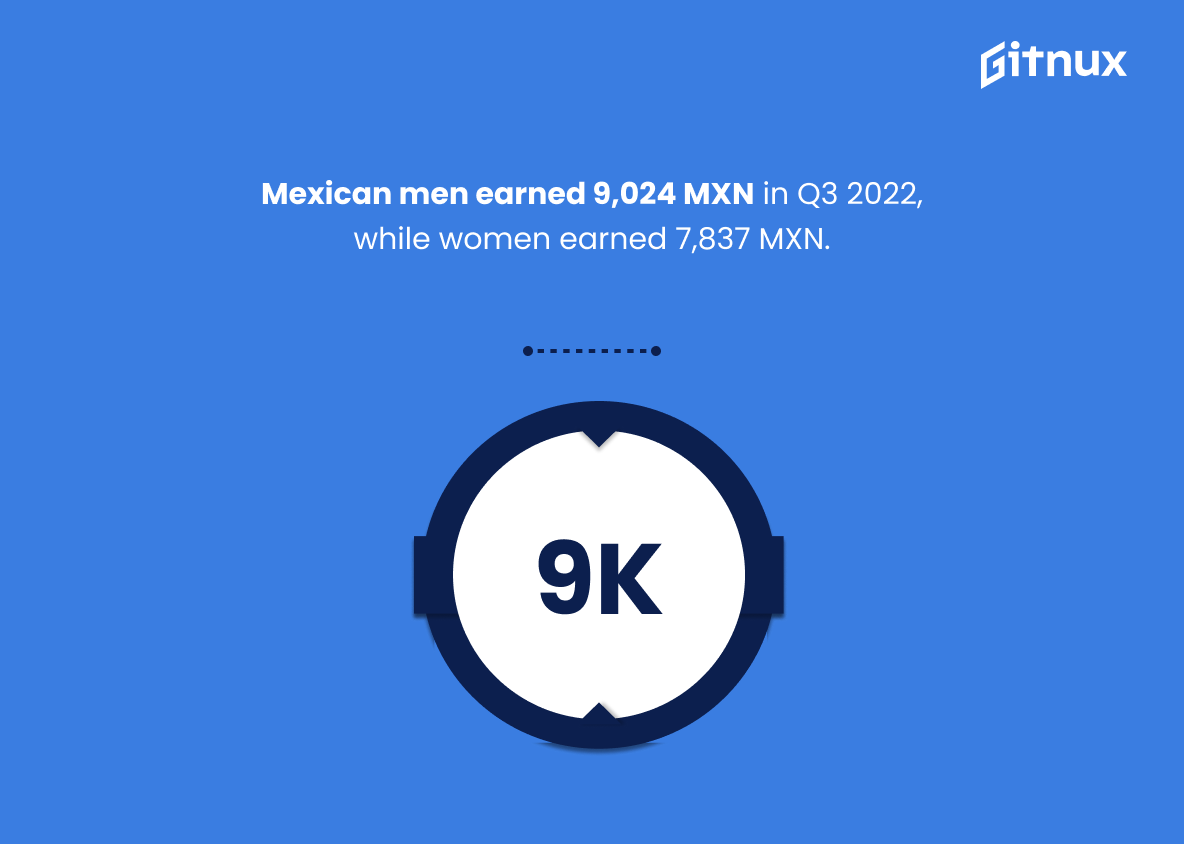Mexico is a vibrant and diverse country with a population of over 120 million people. Its economy is one of the largest in Latin America, and it is a major player in the global economy. With such a large population and strong economy, employment is an important issue in Mexico.
In this blog post, we will take a look at the latest employment statistics in Mexico and discuss what they mean for the country’s economy. We will also explore the trends in the labor market and what they tell us about the future of employment in Mexico. Finally, we will look at the impact of government policies on employment in Mexico and how they are helping to create a more prosperous future for the country.
Mexican Employment: The Most Important Statistics
Mexico had 1,796,103 unemployed people in 2023. Thus, Mexico had fewer unemployed people than the United States in the same year.
Mexico ranked 4th in Latin America for average monthly wages in 2022, with an average of 365 USD.
Mexican Employment Statistics Overview
Mexican employment rate has been maintained above 97% from 2018 to 2021, with a low of 94.5% in 2020.
Despite the economic challenges posed by the pandemic, Mexico has been able to maintain a relatively high employment rate. This indicates that the Mexican economy is resilient and has the potential to recover quickly.
Mexico and the United States had an employment rate of 97% or higher as of January 2023.
Both countries therefore have a high employment rate, indicating that the labor markets in both countries are strong. This is beneficial for Mexico, as it indicates that the country is creating jobs and providing opportunities for its citizens.
Mexico had 1,796,103 unemployed people in 2023.
It demonstrates the number of people who are actively seeking work but are unable to find it, which can be used to inform policy decisions and economic strategies to help improve the employment situation in Mexico.
Mexico had fewer unemployed people than the United States in 2023.
This shows that Mexico’s employment rate is improving, indicating that the Mexican economy is growing and that more people are finding jobs. This is beneficial for the overall well-being of the Mexican population and could lead to further economic growth in the future.
Mexican Americans had the highest employment rate in 2021 with 61.2%, followed by Hispanics/Latinos with 61.1%.
It indicates that Mexican Americans and Hispanics/Latinos are more likely to be employed than other groups in the US. It also suggests that Mexican Americans and Hispanics/Latinos are more likely to have access to economic opportunities than other groups.
The median annual personal wages for Hispanics of Mexican origin in the United States was 25,000 USD in 2017.
On this, we can see the average income of Mexican-origin people in the United States, which can be used to inform policies related to employment and wages for this population. It also provides a baseline for comparison with other groups in the US, which can help to identify any disparities in wages and employment opportunities.
On average, male workers in Mexico had a monthly wage of 9,024 mexican pesos, while female workers had a monthly wage of 7,837 mexican pesos during the 3rd quarter of 2022.
This highlights the gender wage gap in Mexico, which can be used to inform policy decisions and initiatives to reduce the wage gap.
Mexico ranked 4th in Latin America for average monthly wages in 2022, with an average of 365 USD.
Mexico is thus making progress in terms of wages and employment opportunities, which can have a positive effect on the economy and the well-being of its citizens.
Services has been the largest employer in Mexico from 2009 to 2019, while Agriculture has had the lowest percentage of the workforce.
This shows the trends in Mexican employment, and how the economy is shifting towards services and away from agriculture. It could have a significant impact on the Mexican economy, as it could lead to a decrease in agricultural production, and an increase in services-related jobs.
In the 4th quarter of 2022, tertiary industries had the highest employment, while primary industries had the least employment, which highlights the importance of tertiary industries in Mexico’s employment market.
Conclusion
In conclusion, the Mexican employment statistics show a promising outlook for the future of the Mexican economy. The country has seen a steady increase in employment rates over the past few years, and the government has taken steps to ensure that the economy continues to grow.
While there are still challenges to overcome, the Mexican economy is on the right track and is well-positioned to continue to grow in the future.
References
1 – https://tradingeconomics.com/mexico/employment-rate
2 – https://tradingeconomics.com/mexico/unemployed-persons
3 – https://www.statista.com/statistics/237939/us-employment-rates-by-ethnicity/
4 – https://www.pewresearch.org/hispanic/fact-sheet/u-s-hispanics-facts-on-mexican-origin-latinos/
5 – https://www.statista.com/statistics/1350708/average-monthly-wages-by-gender-mexico/
6 – https://www.statista.com/statistics/953880/latin-america-minimum-monthly-wages/
7 – https://www.statista.com/statistics/275428/distribution-of-the-workforce-across-economic-sectors-in-mexico/
8 – https://www.economy.com/mexico/labor-force

